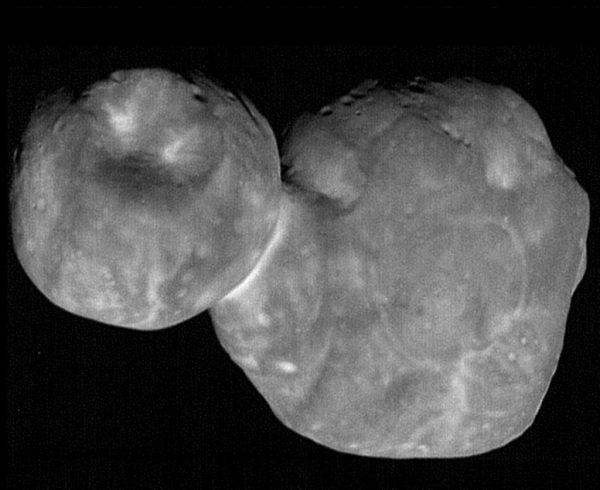SPACE: Meet Arrokoth, the Most Distant Object Ever Explored
Hopefully you weren’t too attached to “2014 MU69,” because the most distant object ever explored has a new name. The 21-mile-wide (34 kilometers) body visited by NASA’s New Horizons spacecraft on Jan. 1 is now officially known as Arrokoth, a term that means “sky” in the Powhatan/Algonquian language, mission team members announced today (Nov. 12). “The name ‘Arrokoth’ reflects the inspiration of looking to the skies and wondering about the stars and worlds beyond our own,” New Horizons Principal Investigator Alan Stern, of the Southwest Research Institute (SwRI) in Boulder, Colorado, said in a statement. “That desire to learn is … Read more





